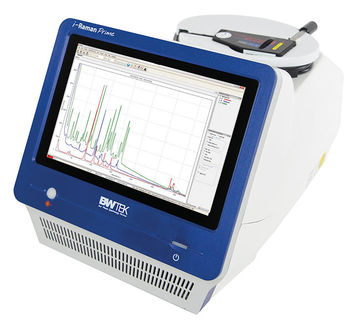To use all functions of this page, please activate cookies in your browser.
my.chemeurope.com
With an accout for my.chemeurope.com you can always see everything at a glance – and you can configure your own website and individual newsletter.
- My watch list
- My saved searches
- My saved topics
- My newsletter
Thiodiglycol
Thiodiglycol, or bis(2-hydroxyethyl)sulfide, is a viscous, clear to pale-yellow liquid used as a solvent. Its chemical formula is C4H10O2S, or HOCH2CH2SCH2CH2OH. It is miscible with acetone, alcohols, and chloroform. It is soluble in benzene, ether, and tetrachloromethane. Product highlightThiodiglycol is manufactured by reaction of 2-chloroethanol with sodium sulfide. It is structurally similar to diethylene glycol. Thiodiglycol has both polar and nonpolar solvent properties. It is used as a solvent in a variety of applications ranging from dyeing textiles to inks in some ballpoint pens. In chemical synthesis, it is used as a building block for protection products, dispersants, fibers, plasticizers, rubber accelerators, pesticides, dyes, and various other organic chemicals. In the manufacture of polymers, it is used as a chain transfer agent. As an antioxidant, it is used as an additive in lubricants. Thiodiglycol is a Chemical Weapons Convention schedule 2 chemical used in the production of sulfur-based blister agents such as mustard gas. Thiodiglycol is also a product of the hydrolysis of mustard gas. It can be detected in the urine of casualties. Categories: Alcohols | Solvents | Thioethers |
||||||||||||||||||||||||||||||||
| This article is licensed under the GNU Free Documentation License. It uses material from the Wikipedia article "Thiodiglycol". A list of authors is available in Wikipedia. | ||||||||||||||||||||||||||||||||







